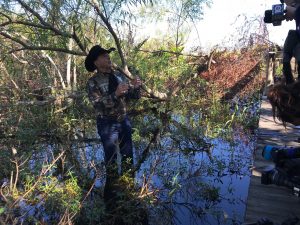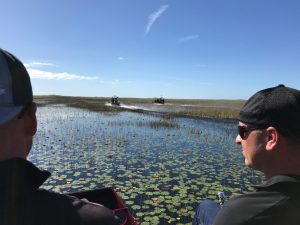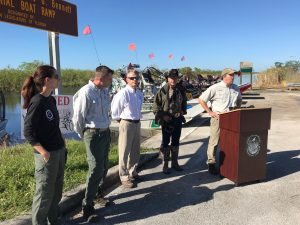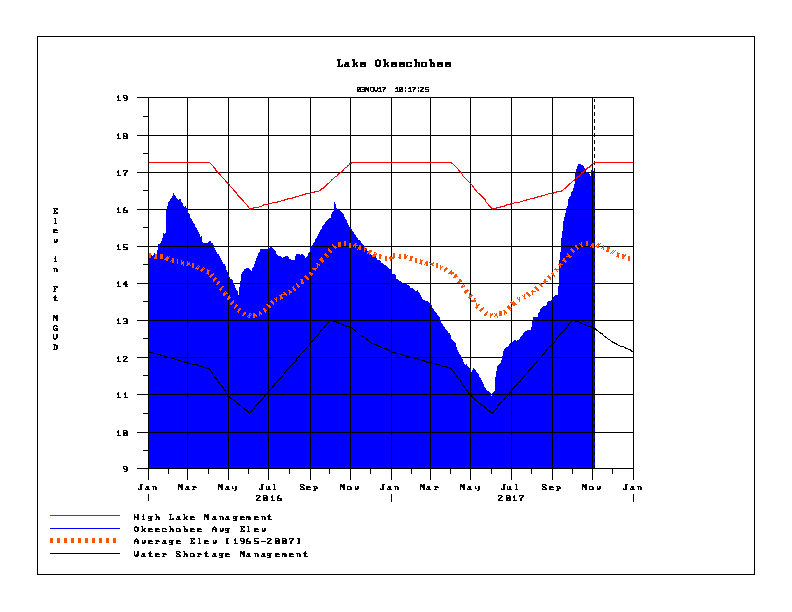
Too much rain this wet season across the Southern Part of Florida is leading to catastrophic conditions in the Everglades. It all started in June which is near the typical start of the rainy season. A unique weather setup caused roughly 20 inches of rain to fall over just a few days. This was followed by Hurricane Irma and most recently Tropical Storm Philippe. Too much rainfall for the area to handle has literally caused the Everglades to drown.
The area below Lake Okeechobee is known as the River of Grass. Scattered throughout this River as it extends south into Florida bay are numerous small islands. As the water levels rise during the rainy season these islands shrink in size but remain above water. That is not the case this year. “Most of these islands went underwater, and that is the refuge for fur bearing animals,” says Alligator Ron Bergeron as he addressed local community leaders and members of the media in Early November. He is the Florida Fish and Wildlife Conservation Commissioner and held the briefing to help draw attention to the current situation.

catastrophic flooding conditions that are ongoing there. Photograph: Weatherboy
A 15 minute airboat ride led the group to one of the many deer islands scattered across the Everglades. Approaching the area it is obvious that the only thing dry above the water are the docks, piers and structures; there’s just no dry land anywhere. Standing in knee deep water, an area that should be dry land, Bergeron says that it is natural for the area to flood from time to time. “It becomes unnatural when the flooding exceeds a 60 day period. This is when the problem becomes a man-made issue.”
Bergeron has contacted the Army Core of Engineers in an effort to release more water through the canal systems while at the same time limiting the amount of water being released into the Everglades. “It is important that when you’re in these conditions all of our partners work together to solve this. Right now we need to have more outflow than inflow.”

Opening up canals which would typically begin closing now as the dry season develops is the first step being taken but can lead to problems below that canal. Higher water levels can lead to the likelihood of more flooding during heavy rain periods. There are plans to improve the water flow through the Everglades but they are long term and not near completion yet.
Until then, everyone invested in solving this problem is hoping for no more tropical systems this year. With the end of hurricane season approaching on November 30, their wish is likely to occur. As for Bergeron’s thoughts on how things are going so far he says, “The bottom line is that we are all working very hard to minimize the damage that will be done.” Time will tell if the efforts lead to positive impacts.
